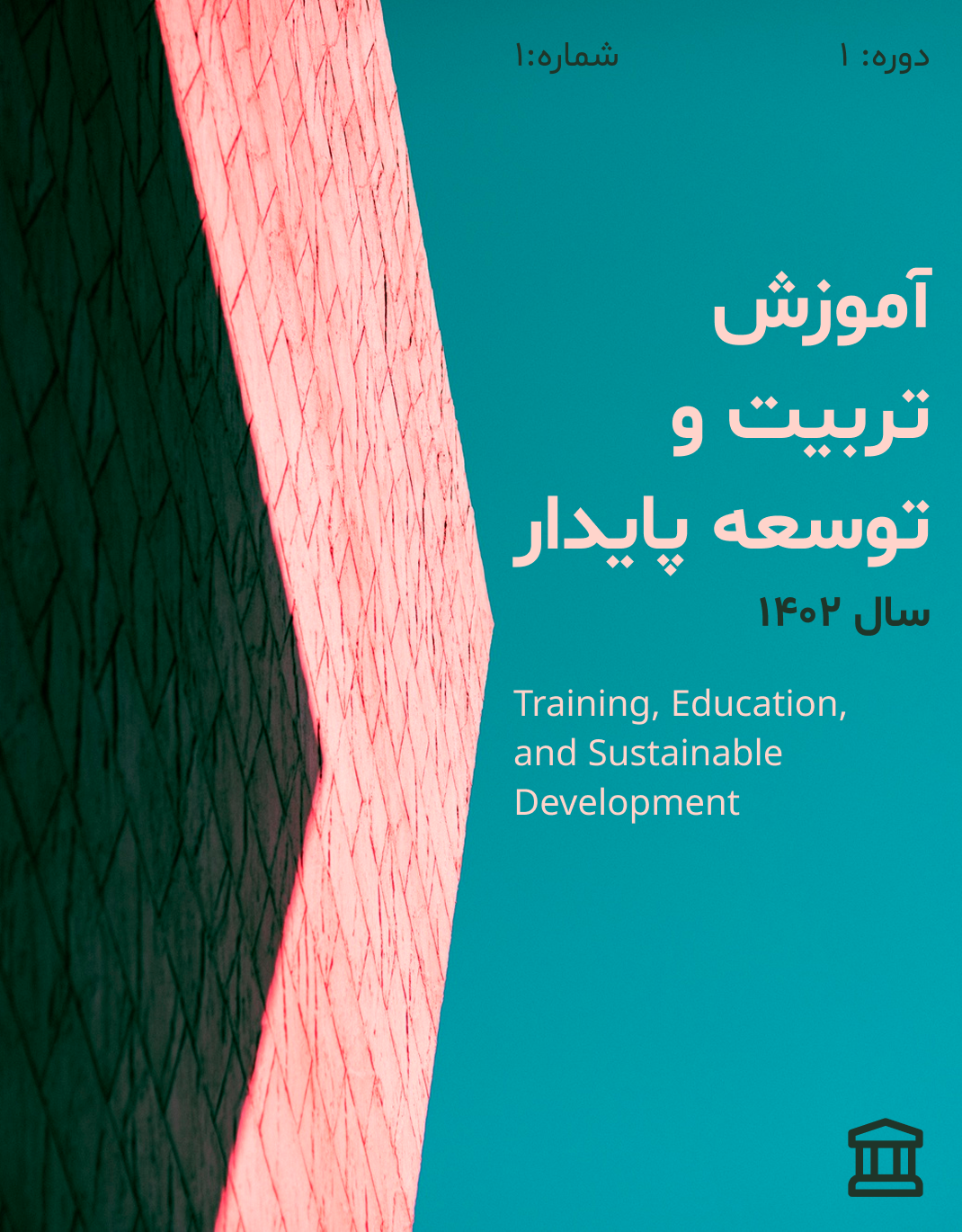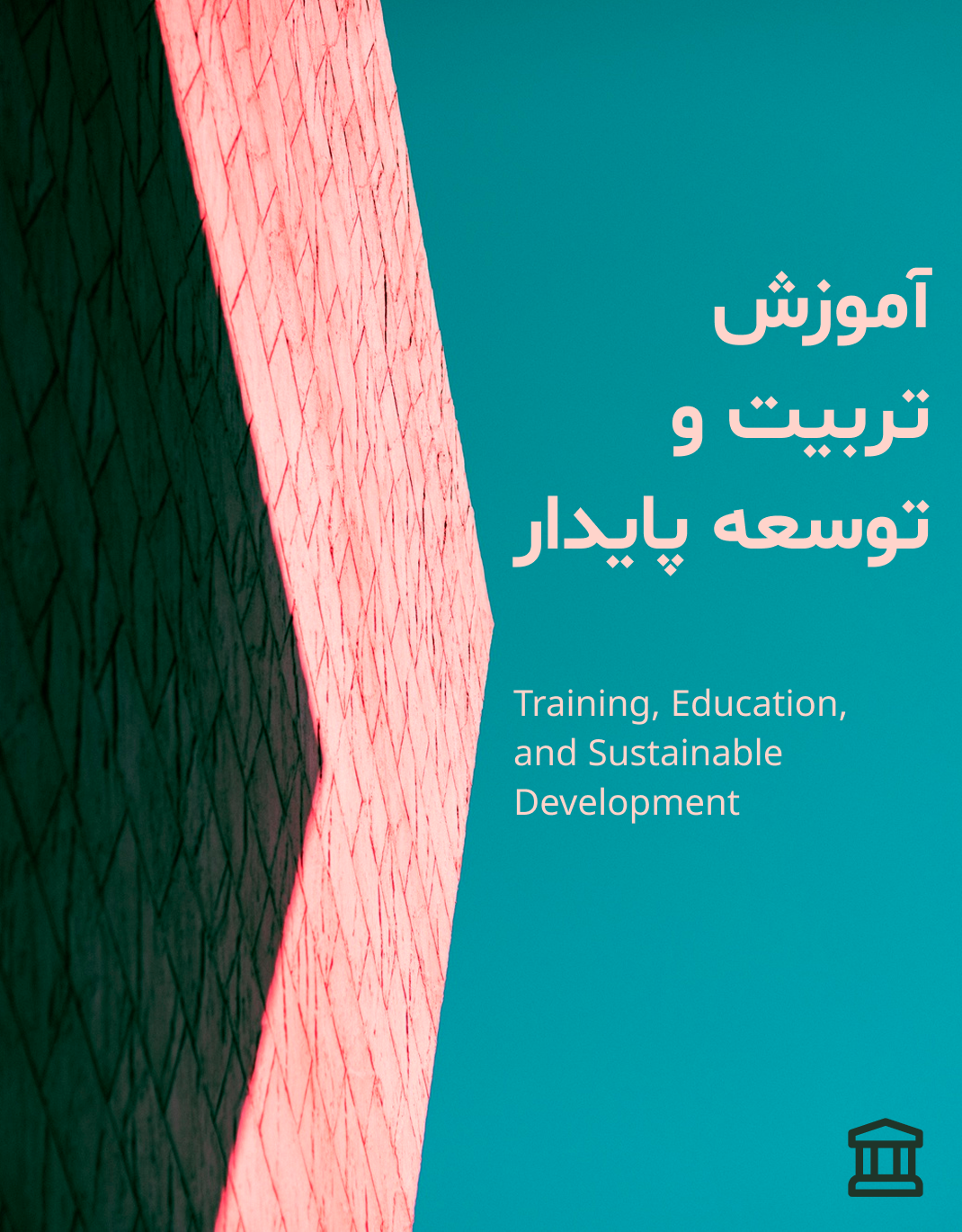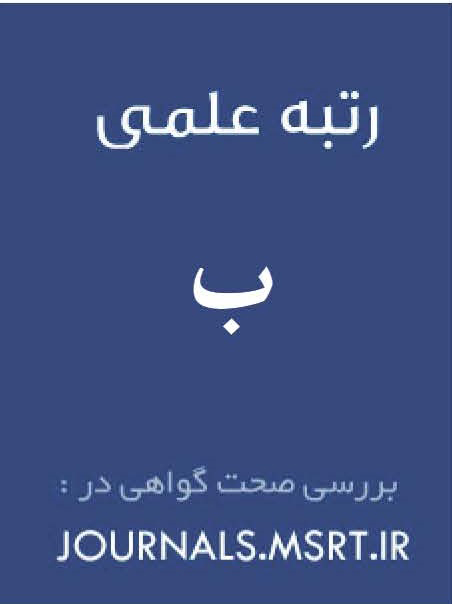Exploring Dimensions of Educational Equity from the Perspective of Students Living in Iran’s Border Regions
Keywords:
educational equity, border regions, studentsAbstract
This study aimed to explore the dimensions of educational equity from the perspective of students residing in Iran’s border regions. This qualitative study employed content analysis. Data were collected through semi-structured interviews with 24 secondary school students living in border areas until theoretical saturation was achieved. Data were analyzed using NVivo software with open, axial, and selective coding to extract main themes. The results revealed that educational equity is experienced across four dimensions: access, quality of education, treatment and attitudes, and future opportunities. Students faced challenges including long distances to school, lack of educational facilities, ethnic and gender discrimination, and limited counseling and academic opportunities. These factors decreased their motivation and participation in education and reinforced feelings of injustice and inequality. Achieving educational equity in Iran’s border regions requires targeted and localized policies focusing on removing structural barriers, respecting cultural and ethnic characteristics, and enhancing academic and vocational opportunities. Attending to students’ voices and equitable redistribution of resources can be crucial steps toward improving the quality and fairness of education in border areas
Downloads
References
Amini, R., & Mahmoudi, M. (2018). Challenges of Educational Justice in Iran: A Qualitative Study. Iranian Journal of Educational Sociology, 1(2), 45-62.
Banks, J. A. (2015). Cultural Diversity and Education: Foundations, Curriculum, and Teaching (6th ed.). Routledge.
Field, S., Kuczera, M., & Pont, B. (2007). No More Failures: Ten Steps to Equity in Education. OECD Publishing.
Heyneman, S. P. (2011). The Role of Textbooks in a Modern System of Education: Towards High Quality Education for All. European Journal of Education, 46(3), 279–295.
Mertens, D. M. (2020). Research and Evaluation in Education and Psychology: Integrating Diversity With Quantitative, Qualitative, and Mixed Methods (5th ed.). SAGE Publications.
Mirzazadeh, A., & Rahimi, F. (2020). Equity in Education: A Case Study of Border Schools in Iran. Journal of Educational Management, 12(4), 718-1001.
MoE (Ministry of Education, Iran). (2021). Annual Report on Educational Access in Underprivileged Regions. Tehran: Department of Research and Planning.
OECD. (2012). Equity and Quality in Education: Supporting Disadvantaged Students and Schools. OECD Publishing.
Patton, M. Q. (2015). Qualitative Research & Evaluation Methods (4th ed.). SAGE Publications.
Sen, A. (1999). Development as Freedom. Oxford University Press.
Skutnabb-Kangas, T. (2000). Linguistic Genocide in Education–or Worldwide Diversity and Human Rights? Routledge.
Thompson, G. (2016). Student Perceptions of School Fairness and Equity: A Qualitative Inquiry. Journal of Educational Change, 17(4), 433–450.
UNESCO. (2020). Global Education Monitoring Report: Inclusion and Education – All Means All. Paris: UNESCO.
UNICEF. (2019). Addressing the Learning Crisis in Remote and Marginalized Communities. New York: UNICEF.
Downloads
Published
Submitted
Revised
Accepted
Issue
Section
License

This work is licensed under a Creative Commons Attribution-NonCommercial 4.0 International License.


